Antennas for FM radio: features, model overview, connection
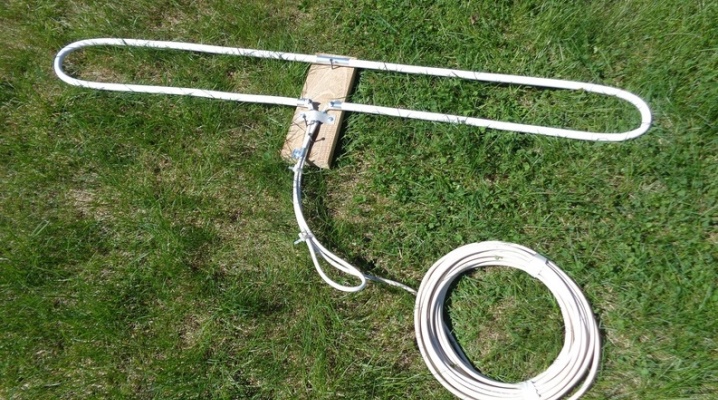
When choosing a radio, you should pay attention not only to the basic structure, but also to the antenna. Today in our article we will talk about the features of antennas for FM radio, their types and connection rules.
Peculiarities
Despite the fact that computers or at least televisions are very popular today, there are still fans of radio broadcasting. In order for the FM radio to fully and correctly perform all its functions, it must be equipped with a specially designed antenna. Currently, a large number of types of antennas are presented on the market of technology, which provide high quality signal reception. They vary in size, appearance and functionality. Let's consider a few of the most common options:
- rod devices are made in the form of an ordinary rod or have a rounded shape;
- wire antennas are curved;
- telescopic unit design consists of special metal rods, which in their appearance resemble telescopes (hence the name of this variety);
- retractable units most often installed in cars, they have a special retractable design with a receiving element.
Thus, each consumer will be able to choose the type of antenna that will meet all needs. This factor must be taken into account when buying a device.
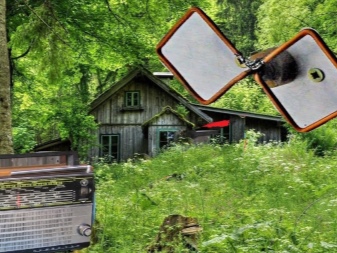
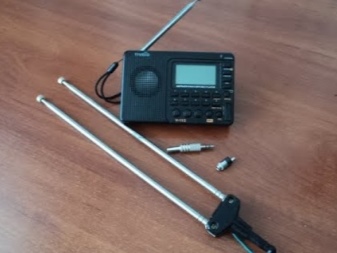
Model overview
Currently, there is a wide variety of models of antennas for radio on the market (outdoor, loop, narrow-beam, indoor, with a resistance of 75 ohms and other varieties). Today in our article we will take a look at the best and most popular specimens.
ANLI A200MU (N, 8DB, 1.80M, 420-512MHZ)
The market value of such a device is about 8,000 rubles. The antenna is suitable for installation on a standard base station for operation via a radio channel... In addition, the signal is actively amplified by 8 dB. The height of the device is about 2 meters, so it will help to increase the coverage area for transmitting corrections for RTK operation.
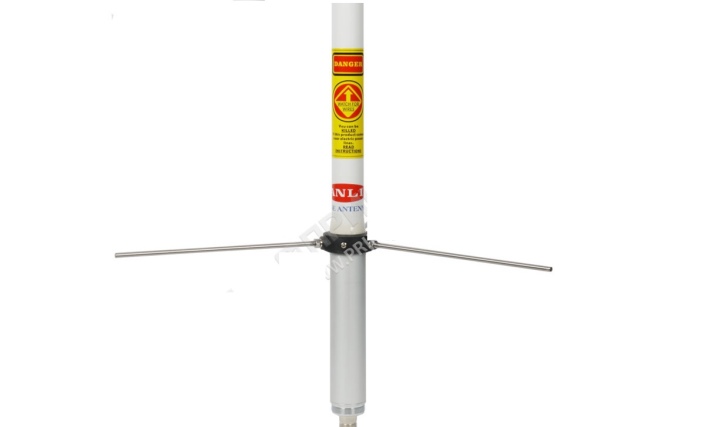
Antenna for radio MP3 players
The antenna belongs to the type of retractable and has a 3.5 mm plug. The outer casing of the device is made of metal and plastic, therefore the unit has a moderate level of strength. The device is suitable for mobile and car radio.
The antenna can be classified as mono-directional.
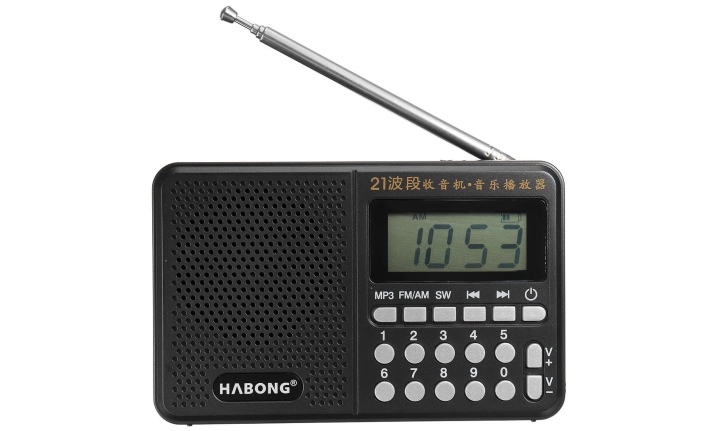
RH-660s
This is a double telescopic radio antenna model. It is made of plastic and copper. Perceived frequency range - VHF: 136 ~ 174MHz / UHF: 400 ~ 470MHz. The maximum power of the device is 10 W.
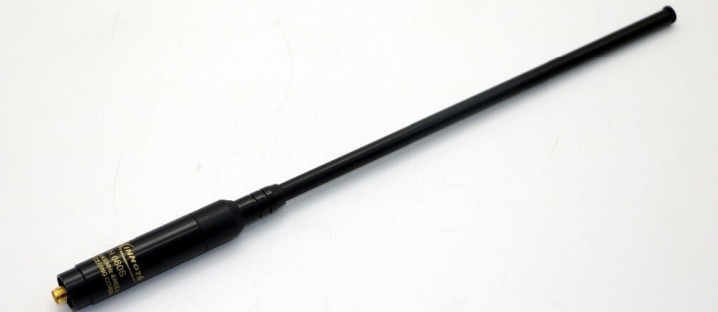
REXANT 34-0551
This model of indoor radio antenna equipped with a special suction cup that simplifies the process of its operation. The device is capable of receiving radio broadcasts in 2 bands: VHF and FM.
The antenna works great in combination with any device equipped with a coaxial connector.
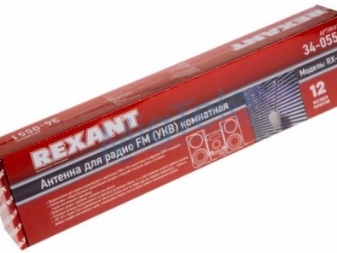
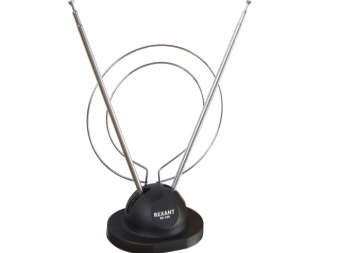
How to connect?
The process of connecting an antenna to a radio can be done in several ways. Let's consider the main ones.
Direct way
This method is usually used to connect telescopic antennas. These antennas are an integral part of the radio receiver... It should be borne in mind that with this method of connection, the so-called "earth phase" is the body of the radio device... The resistance level is about 30 ohms. At the same time, the reactance can be completely eliminated - this effect is achieved by reworking the resonance circuit. Note that this type of antenna is unbalanced.

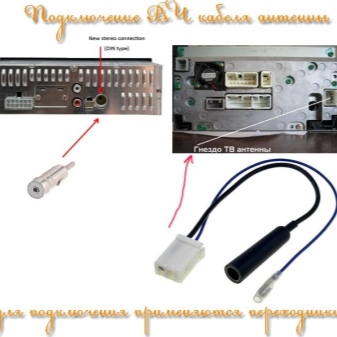
Non-resonant power supply
In this case, to connect antenna, a dedicated transmission line is used... It carries out directional transmission of radio waves. It should be borne in mind that wave impedance should be equal to its antenna type.
If you choose this type of connection, then you will be able to get rid of losses and create the highest level of radio signal.
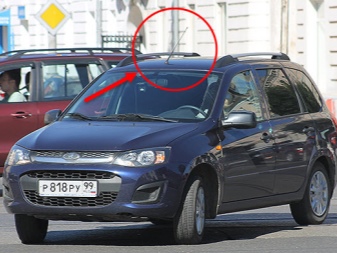
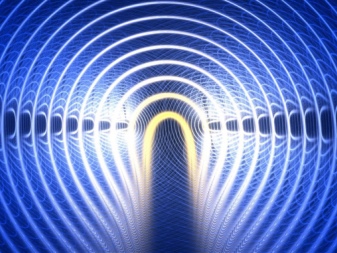
Resonant power
For such a connection, you will need a feeder, the length of which must be half the length of the wave itself... By itself, the indicator of wave impedance is not of key importance, since the antenna is matched. The machine senses a frequency that is by nature a carrier.

The connection method should be selected depending on your preferences, as well as the technical and functional characteristics of the antenna itself.
How to do it yourself?
An antenna of the type in question does not have to be bought in a store; you can make it with your own hands. To do this, you will need some materials. Among them:
- transformer core (you can take a previously used element, for example, from an old TV);
- anchorage material (such as electrical tape or tape);
- foil (you can take material from copper or brass);
- copper wire (you need 1.5 meters);
- pins for connection.
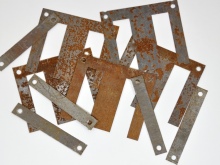

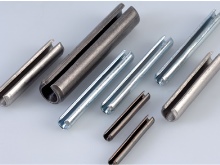
So, first of all you need to lay the initial layer of the winding, which will be the ferrite core. Cover this element from above with electrical tape and foil. Now you need to wind 25 turns of wire - they will be a blank for the screen. It is recommended to wind the wire with an overlap of 1 centimeter - this will contribute to high-quality insulation.
On the 7th, 12th, and 25th turns, it is necessary to make a mandatory tap. The contour must be combined with the rest of the parts, and the edges of the wire must be inserted into the pins. It should be borne in mind that the branch of the 7th turn must be inserted into the grounding socket, and the 12th and 25th must be connected to the antenna terminals.
At the end of these processes, it is necessary to configure the radio signal reception in accordance with the active scheme. For this, a simple selection of the winding is connected to a connected circuit.
Thus, the antenna is the most important element of a radio receiver. It is very important to pay close attention to this detail and carefully approach its selection.
For information on how to make an FM antenna with your own hands, see the next video.













The comment was sent successfully.